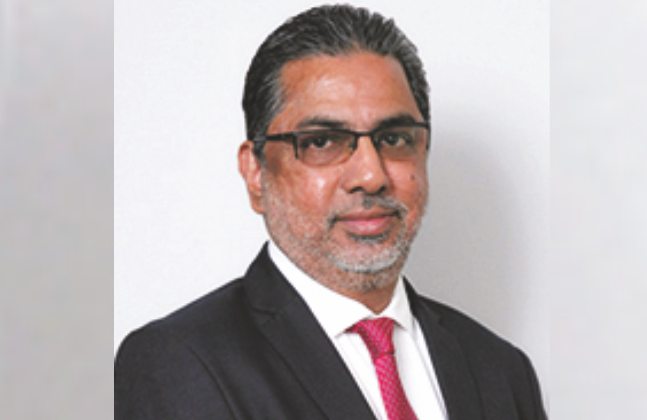Mahbubul Anam, MD, Expo Group, details on the bottlenecks that delay cargo movement between India and Bangladesh, primarily among them being the tedious documentation process and lack of landside infrastructure
| FY2017 | By Air | By Sea | By Road | By Train | Total |
| Export Volume (in Tons) to India | 550 | 30,080 | 876,589 | 20,498 | 907,219 |
| Import Volume (in Tons) from India | 3,450 | 71,648 | 14,686,565 | 1,419,502 | 16,181,165 |
| Total volume (in Tons) | 4,000 | 101,728 | 15,563,154 | 1,440,000 | 17,088,384 |
QWhat is the trade happening between Bangladesh and India?
India’s exports to Bangladesh in FY2017 was $6.8 billion, a gain of 13 percent y-o-y, while two-way trade has touched $7.5 billion, up 11 per cent. Major exports from Bangladesh to India were woven garments, knitwear, home textile, agro-products, frozen food, leather and leather products, footwear, raw jute, jute goods, and bicycles, while Bangladesh imports cotton, cotton yarn, cotton fabrics, vehicles, nuclear reactor, boilers, machinery and mechanical appliances, cereals, edible vegetables, and iron and steel.
QWhat are the major challenges faced by the trade in moving cargo between the two countries? Though it was agreed under BBIN pact that cargo trucks could move between the countries, but in reality there is a bottleneck in the process. Due to documentation delays cargo truck on India side has to wait upto 21 days which causes port congestion and delay in shipment. If the documentation process could be fully automated and integrated in a system among all partner countries, then cargo can move faster.
There is also lack of port and road infrastructure facilities. Especially in Bangladesh road infrastructure are going through major construction which will take time to be fully ready. There is lack of warehouse and equipment’s to handle the shipment at the border port. For the development of waterways, inland river port is important where Bangladesh lacks in adequate number of vessels and also lags in inland port infrastructure. However, there are few companies who are coming up with investment to privately develop inland waterways.
QWhy does the trade prefer road transport, especially through the ICP at Petrapole-Benapole, despite the delays and congestion there?
In the check post most of the cargo delay is at the Petrapole side which takes upto 21 days to get cleared. This is due to bureaucracy in documentation process on Indian side. The major hindrance in the Petrapole Benapole port is inadequate infrastructure. There is lack of proper and enough warehouse in the land-port which is hindering the overall process. The system is also not automated and papers need to be manually processed through various points which consumes lot of time. The trader prefers road transport because other options are still not fully developed and there are some process complications. Land connectivity with India is also easy as there are lots of ports connecting to India.
QWhy coastal movement of cargo between the two countries using waterways/sea has not been so popular as projected?
Though the costal agreement is in place but it’s not successful because the agreement does not allow transshipment among the countries through waterways. There is a trade imbalance due to which the cargo vessels from India to Bangladesh come fully loaded but from Bangladesh there is not enough cargo for the vessel to India. Once the transshipment barrier is removed then cargo movement from Bangladesh to India will increase and this mode of transportation will be more viable.
There is also lack of infrastructure and adequate inland port facilities. If more public and private investment takes place in this sector then this mode will be popular. There is also need for adequate vessels to move goods between the countries.






